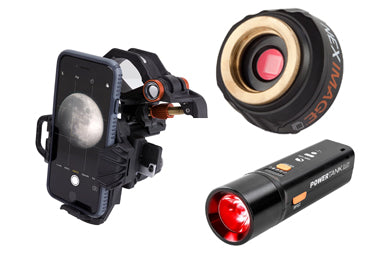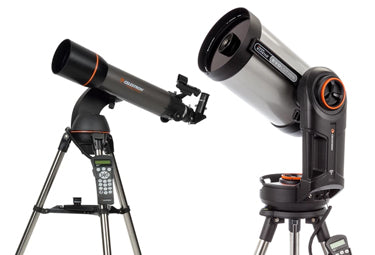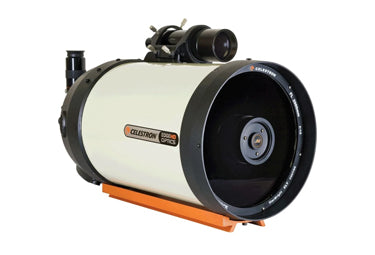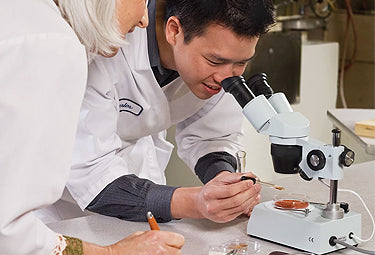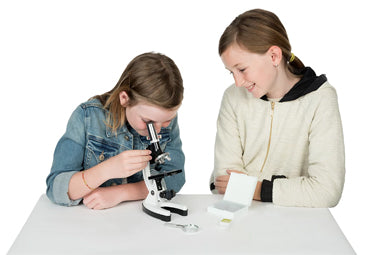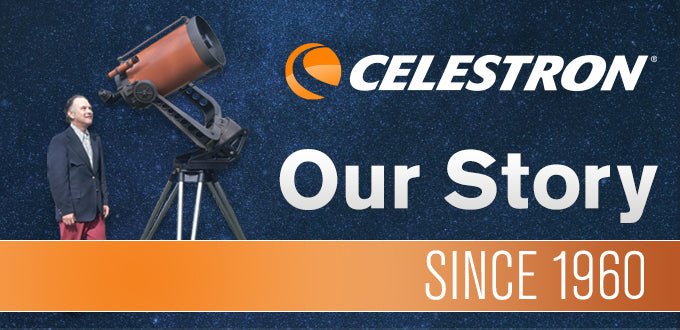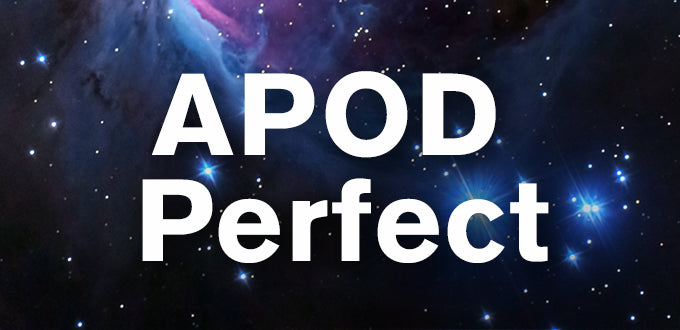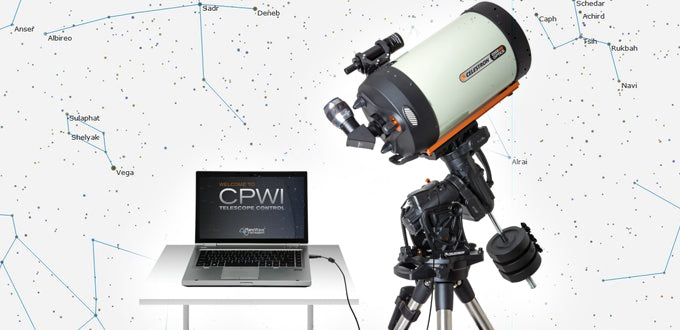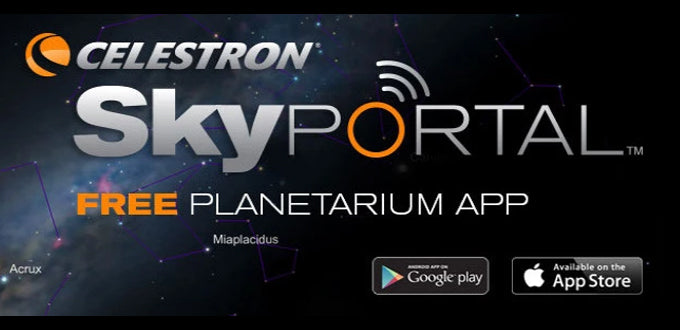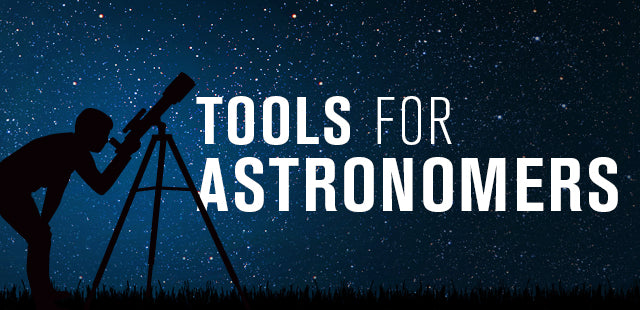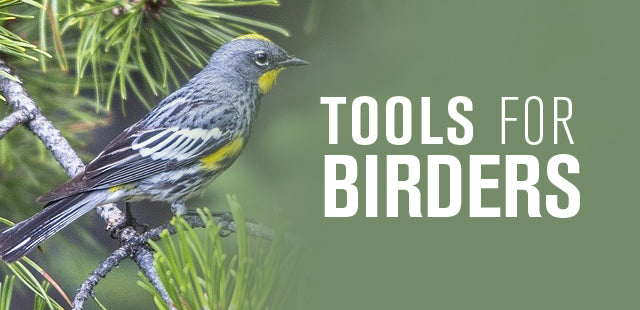Introducing the OSU Bird Nerds
May 12, 2013
This article comes to us from William Hemstrom, member of the Oregon State University Bird Nerds. The Bird Nerds organize weekly or monthly birding trips to view bird species in the Pacific Northwest. Celestron was delighted to provide the Bird Nerds with Celestron sport optics to expand their outreach efforts. We look forward to reading more about their activities!
It always surprises me how many people cannot identify the common animal and plant species in their area. Worse yet, I suspect that, for some folks, this may be symptomatic of a general ignorance about the life around them—about its complexity and its simplicity, its resilience and its fragility, and about its beauty. I’ve been studying biology for a while now—the science of life has been my academic focus for about six years—and I have not, and predict that I will not, run out of things to fascinate me. The group I am writing on behalf of aims to change this.
This post is the first of (hopefully) many intended to communicate this fascination. It will serve as a chronicle of the life and times of a small bio-centric college student club with a peculiar predilection towards a medium-sized clade of flying reptiles. This particular group, thought to have diverged from Theropod dinosaurs during the late Cretaceous period, has long captivated human attention, due to its members’ above mentioned penchant for flinging itself through the air and their aurally pleasing mating habits. This unusual group is designated as class Aves, or, more colloquially, as the birds.

The OSU Bird Nerds
But I suppose I should start, as most stories should, at the start. The universe was created roughly 13.77 billion years ago (according to most theories). About six months ago, or somewhere around 13,769,999,999 years after the creation of the universe, I was meandering around at opportunity fair at my college, Oregon State University, while waiting for my choir to begin its outreach activities. When I walked by a table belonging to the “OSU Bird Nerds,” I took notice. After all, I’d been interested in bird watching for a year or two by that point, and I’d been a nerd for my entire life. Still, I was a college student—too much interest in something could be a sign that someone was, how do they say, “uncool.” I pocketed a flyer and casually walked on, icicles dripping from my shoulders.
I examined the flyer later, in the secrecy and safety of my room. It advertised weekly bird watching, ornithological outreach, and volunteering and education opportunities. It also advertised free pizza. I was smitten. I attended the meeting, joined the club, and then became an officer. I found the club to be appropriately named: they, and subsequently we, were indeed a collection of bird nerds, dedicated to observing, learning, and teaching about the flying (and sometimes un-flying) multitudes. Since then, we’ve been involved with our local Audubon chapter, conducted surveys of local raptor populations, sold cookies for science (aka club funds), and have seen many, many birds.
However, the other officers and I realized that our club had a problem. We were poor. Furthermore, we were human. Without substantial genetic manipulation, we were unlikely to ever be able to see the white band on the first primary of a Lesser Goldfinch at a hundred yards. As none of us own a sequencer, we decided we would have to settle for optics. Most of us had a pair of binoculars, but since our group was open to all, we still had too few to go around on our larger, more popular trips. I’ve been an amateur astronomer for a while, and have used, and liked, Celestron optics for a while. I suggested that we send them and a few other similar companies requests for support. Celestron answered with an offer. They give us quality optics; we write them a blog post about our activities every month.
This seems like win-win to me. Celestron gets an excellent way to conduct science outreach; we get the optics we need to ensure our club is welcoming to new members. Plus, this blog will give us a space to communicate the life we witness and the science we participate in. We get a chance to show you that the next generation of scientists are active and growing, and, more importantly, we get a chance to communicate our fascination with our world.
So, in conclusion for this first month: not much science yet, just lots of narrative and introduction. I hope you’ll be willing to stick with us: I promise our next report will focus on the stuff that matters. We’ve just began participating in a series of surveys on one of the few remaining naturally-nesting Purple Martin populations in North America. Next month we should have pretty pictures of the subjects and tales of our riveting adventures (and accompanying nerd-outs). Until then, be sure to enjoy spring and the beautiful South American migrants it brings.
-William Hemstrom
Undergraduate in Zoology,Oregon State University
Celestron Contributing Blogger

